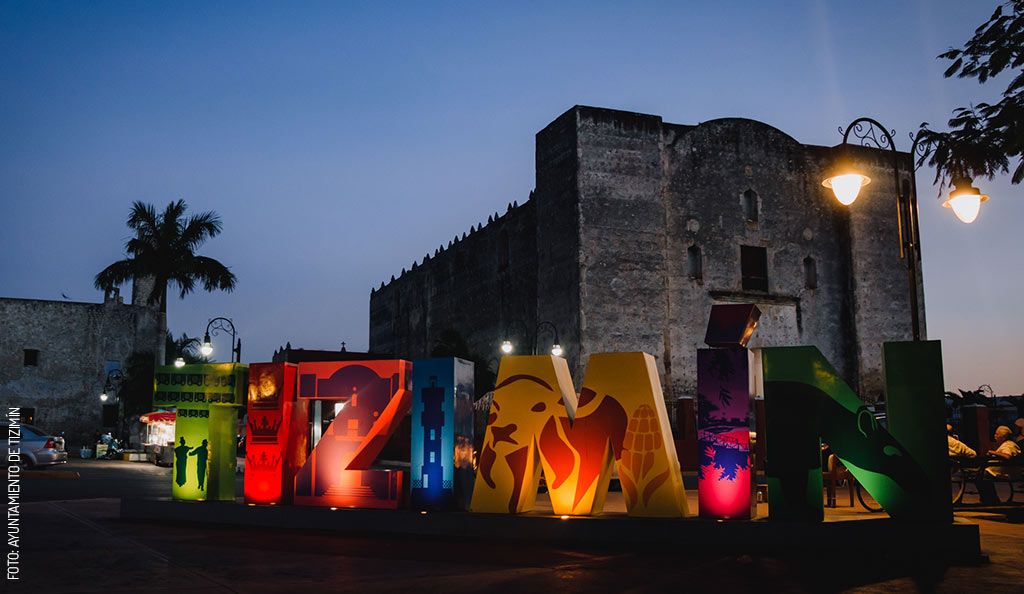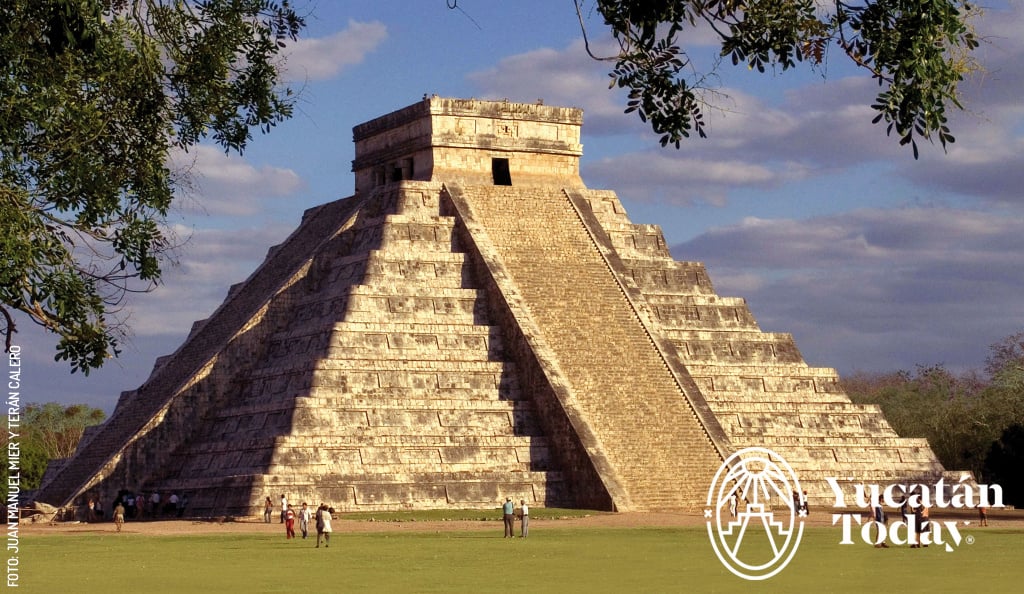
Maya Astronomy: Witnessing the Equinox in Yucatan
The equinox, occurring around March 21 and September 21,* marks the moment when the sun aligns with the equator, resulting in equal day and night. The solstice, around June 21 and December 21, signifies the sun's highest or lowest point relative to the equator.
Understanding Equinoxes and Solstices
Equinoxes happen twice a year, in March and September, heralding spring and autumn. Astronomically, this is when day and night are of equal length. However, atmospheric refraction means our perceived day and night might differ slightly. For instance, in 2025, while the spring equinox is on March 20, Yucatán will experience 12 hours of daylight and 12 hours of night on March 14.
Solstices, also twice yearly in June and December, are the shortest and longest days, marking summer and winter. In the Northern Hemisphere, the summer solstice is around June 21, and the winter solstice around December 21.
Why Were Equinoxes and Solstices Important to the Maya?
The Maya civilization had an incredibly deep understanding of the celestial bodies above. Their advancements in astronomy were remarkable, and their intricate calendars meticulously tracked the movements of all the planets visible to the naked eye.
Of all the celestial objects, the sun held supreme importance. It governed the days, the seasons, and the agricultural cycles. The Maya observed the sun's movements to determine when to plant, harvest, and begin anew.
The solstices represented the extremes of the sun's journey across the sky, while the equinox marked its midpoint. It's no surprise then that the Maya built impressive structures to align with these celestial events. These "archaeoastronomical phenomena" are a testament to the Maya's combined architectural and astronomical skills.
Archaeoastronomical Phenomena in Yucatán
Chichén Itzá Equinox
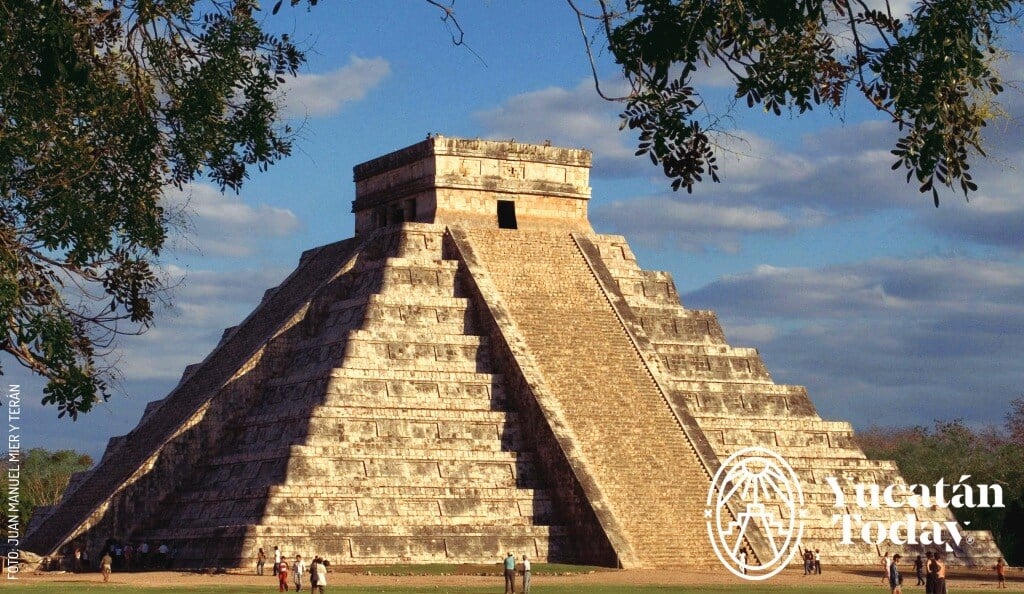 In March and September, between 3 and 5 pm, visitors gather at Chichén Itzá's El Castillo to witness a solar projection of seven light triangles, formed by the shadows of the building itself as it’s illuminated by the setting sun.
In March and September, between 3 and 5 pm, visitors gather at Chichén Itzá's El Castillo to witness a solar projection of seven light triangles, formed by the shadows of the building itself as it’s illuminated by the setting sun.
These triangles connect with the pyramid's base serpent head. As the sun (and the shadows) move, it creates the illusion of the god Kukulkan, the feathered serpent, descending towards the Sacred Cenote.
How to See the Light and Shadow Phenomenon in Chichén Itzá:
- The projection of the triangles on the pyramid takes place between 3 and 5 pm. As such, it’s included in your regular admission to the archeological site; no extra fees are needed.
- While the “official” date for the spring equinox is given as March 21, the projection is visible beginning on March 1 (although only five triangles are visible) and through April 8, approximately (when nine triangles are visible).
- Bring water, sunscreen, and a hat.
- If you want to see the full descent, you’ll need to be in the area from 3 pm to 5 pm. Make sure to arrive early, as it tends to get very, very crowded.
- If you’d just like to see the projection of the triangles, around 3 pm is a good time to catch a glimpse.
- The equinox phenomenon is visible in Chichén Itzá for both the spring and autumn equinoxes. Do keep in mind that March is Yucatán’s driest month, while September is one of the rainiest. A cloudy day will make for a diminished view.
Dzibilchaltún Equinox
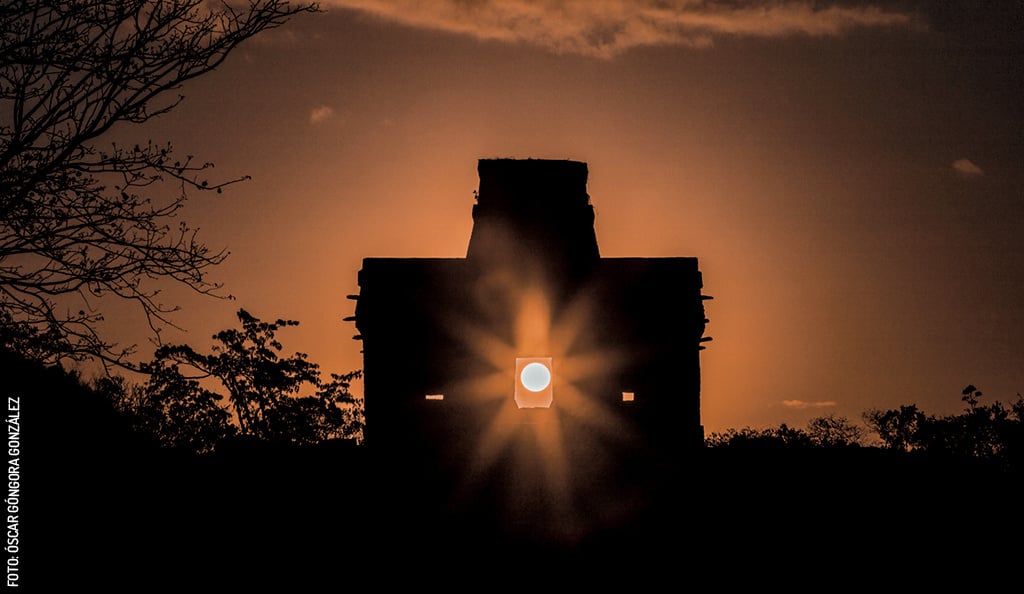 At the Dzibilchaltún archaeological site, located 15 km north of Mérida, the equinox is observed with the first rays of the sun, at dawn. Here, the archaeoastronomical phenomenon is visible in front of the Temple of the Seven Dolls, and it consists of the sun rising exactly aligned with the temple's doorway. During the solstices, the sun aligns with the windows on its sides.
At the Dzibilchaltún archaeological site, located 15 km north of Mérida, the equinox is observed with the first rays of the sun, at dawn. Here, the archaeoastronomical phenomenon is visible in front of the Temple of the Seven Dolls, and it consists of the sun rising exactly aligned with the temple's doorway. During the solstices, the sun aligns with the windows on its sides.
To witness this phenomenon, it is necessary to be aware of the dates and times established by the National Institute of Anthropology and History (INAH); since it occurs at dawn, it is necessary to enter the archaeological site around 5 am.
How to See The Equinox Sunrise in Dzibilchaltún:
- The sun crosses the threshold of the Temple of the Seven Dolls at dawn, around 6 am; the admission cost is the same as during regular hours, but you must ensure you are at the site before 5 am to have time to pay for your tickets, walk to the temple, and get settled in, all in the dark.
- The Dzibilchaltún archaeological site typically opens to the public for sunrise on March 21 and September 21, regardless of when the astronomical equinox occurs. Occasionally, they open additional days; stay tuned to our social media to find out if this will be the case this year. Please note that this is usually announced with only a few days' notice.
- Consider bringing insect repellent and appropriate footwear; don't forget that part of your walk will be in the dark.
- The archaeoastronomical phenomenon at Dzibilchaltún is quite crowded; be sure to arrive with enough time to secure a good spot, and be respectful of those who arrived before you.
- The sunrise through the Temple of the Seven Dolls is visible for both the spring and autumn equinoxes. However, consider that while March is the driest month of the year, September is one of the rainiest; if it is cloudy, the phenomenon will be more difficult to appreciate.
Oxkintok Equinox
Similar to Dzibilchaltún, the sunrise can also be appreciated through a Maya arch at the Oxkintok archaeological site. This is one of the lesser-known phenomena, and being further from Mérida than Dzibilchaltún, it is usually less crowded.
How to See The Equinox Sunrise in Oxkintok:
- The sun crosses the threshold of the Arch at Oxkintok at dawn, around 6 am; the admission cost is the same as during regular hours, but you must ensure you are at the site before 5 am to have time to pay for your tickets, hike up to the arch terrace and get settled in, all in the dark.
- Consider bringing insect repellent and appropriate footwear; don't forget that part of your walk will be in the dark.
- Be sure to arrive with enough time to secure a good spot, and be respectful of those who arrived before you.
- The sunrise through the Arch at Oxkintok is visible for both the spring and autumn equinoxes. However, consider that while March is the driest month of the year, September is one of the rainiest; if it is cloudy, the phenomenon will be more difficult to appreciate.
Important Note on Equinox Dates
In México, children are usually taught that spring begins on March 21, and autumn on September 21. These are what people consider to be the equinoxes, that is, the dates on which the night and day are equally long. The reality is that the exact date of the equinox varies by the year for the same reason leap years exist: because Earth takes exactly 365 days, 5 hours, 48 minutes, and 46 seconds to circle the sun. In consequence, there’s an offset that has to be “fixed” every four years.
However, the Maya archeo-astronomical phenomena in Yucatán grant us some leeway. It doesn’t matter if the astronomical equinox is on March 19; on the 21st (which is when the sites expect visitors), you’ll see the sun rise through the Temple of the Seven Dolls or the Arch at Oxkintok at dawn, and the god Kukulkán, in serpent form, descend the Castillo de Chichén Itzá in the afternoon just the same.
Can You See Two Maya Equinox Events in One Day?
Yes! Plan to start your day either at Dzibilchaltún or Oxkintok, then head to Chichén Itzá(don’t forget to grab something to eat along the way) for the sunset phenomenon. It's sure to be an unforgettable day!
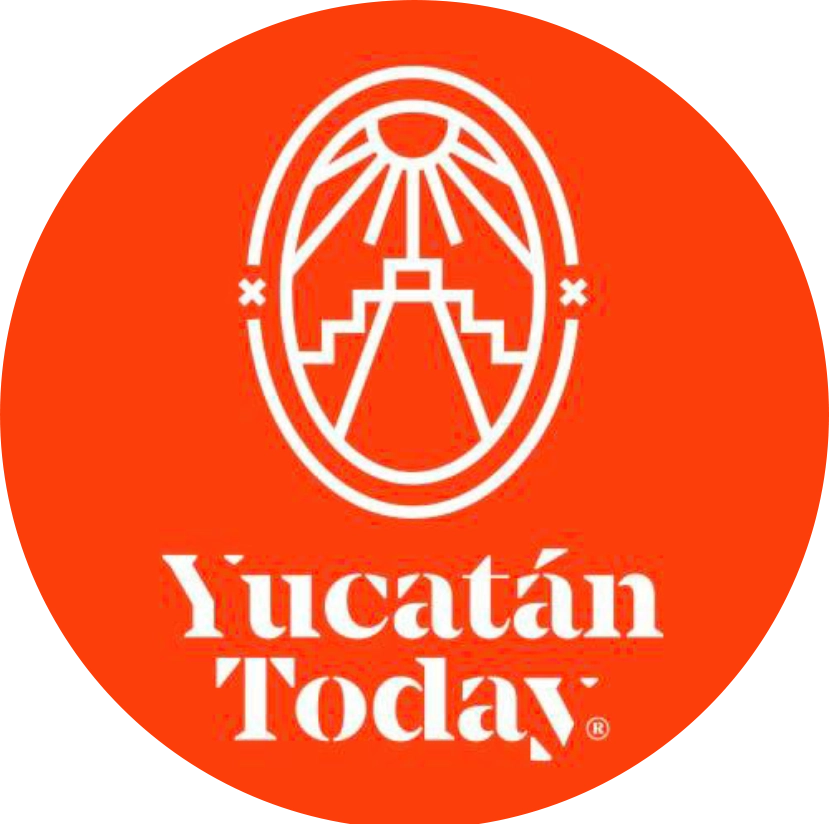
Author: Yucatán Today
Yucatán Today, the traveler's companion, has been covering Yucatán’s destinations, culture, gastronomy, and things to do for 38 years. Available in English and Spanish, it’s been featured in countless travel guides due to the quality of its content.
In love with Yucatán? Get the best of Yucatán Today delivered to your inbox.
Related articles
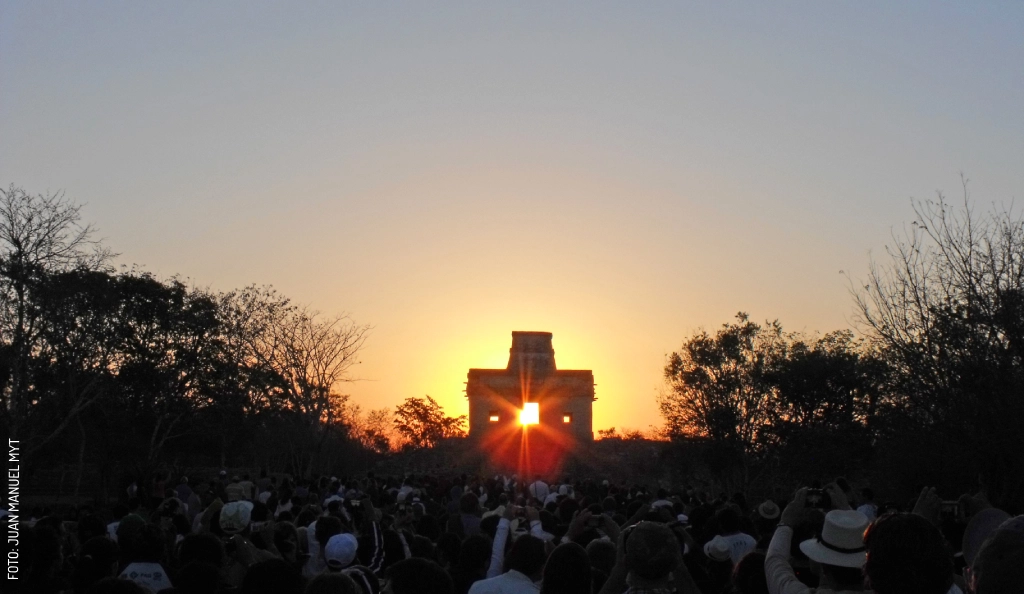
What to do in Yucatán in March
Stroll through the best of Yucatán in March 2024! Enjoy the warmth with tours around the state, tasting coconut sweets in Telchac, and more.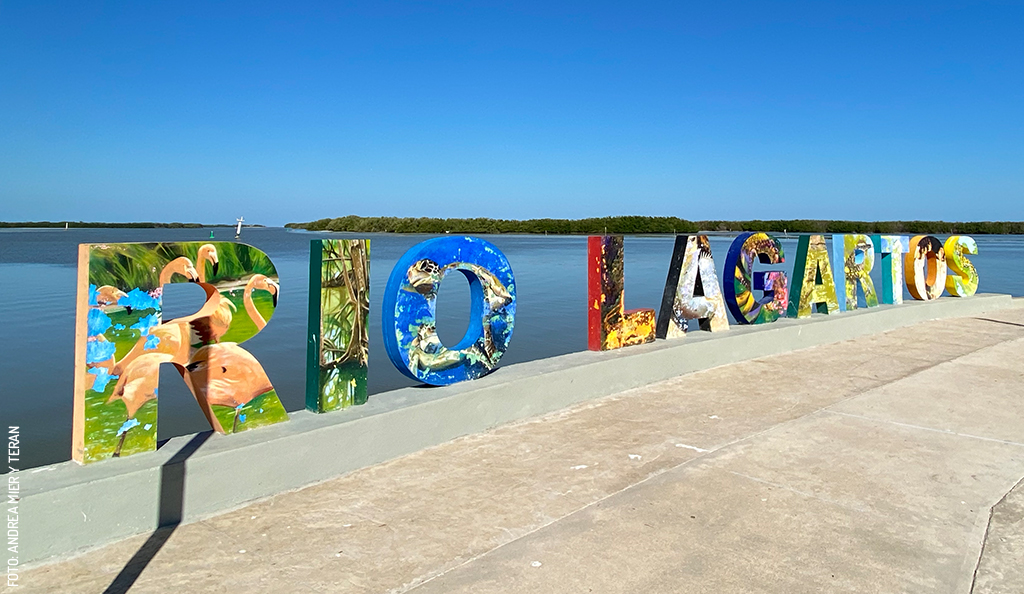
Rio Lagartos
Explore Rio Lagartos, a paradise of mangroves and wildlife, find flamingos, crocodiles and more in this ideal destination for ecotourism and...